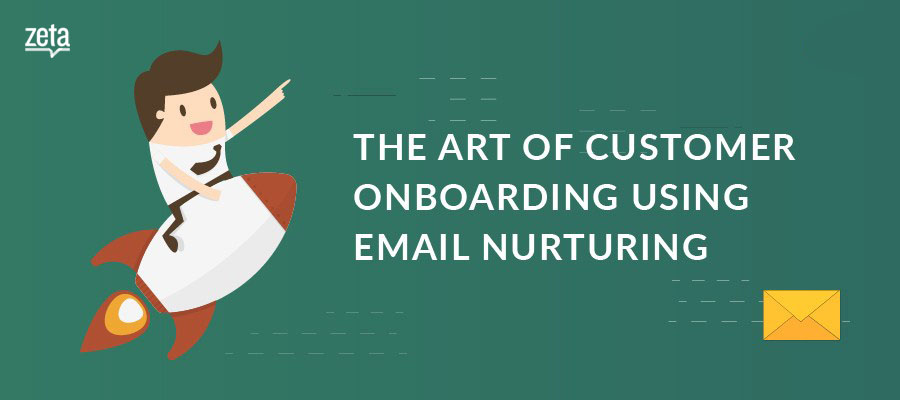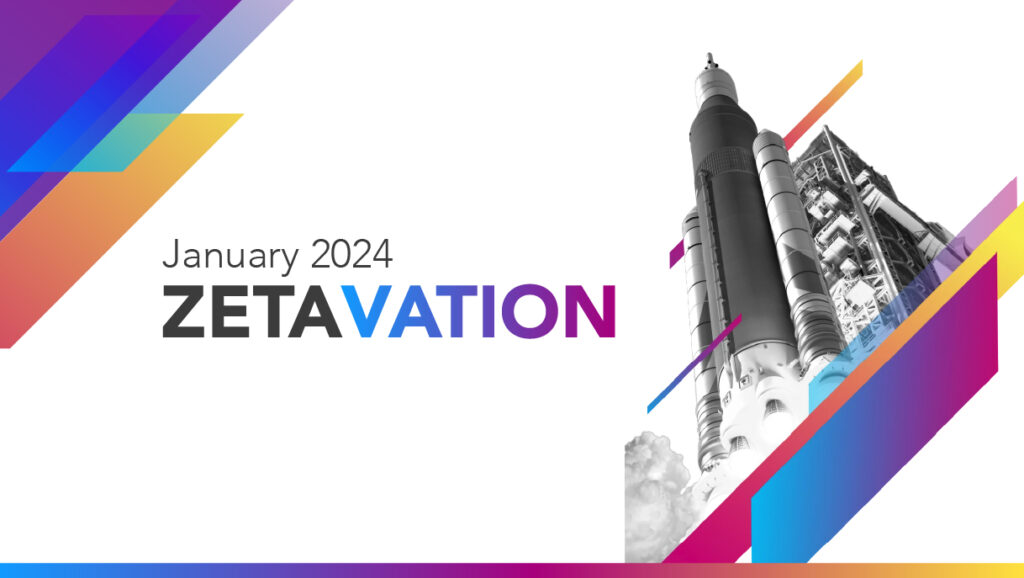
The Art of Customer Onboarding using Email Nurturing
Get more customers to buy your product. Bring in more users for your app. That’s the primary goal that most brands work towards when they start off. Some of them succeed in reeling in tons of customers while others achieve a modest success or fail miserably. But is that where it all ends? The brand that got a lot of customers lives happily ever after while the others fade into oblivion? The answer is a resounding NO! Many startups shut shop despite spectacular early success because of this skewed perception. They focus all their time and energy into acquiring new leads and prospects while forgetting the importance of customer retention. A customer is truly acquired when he/she actually uses the product and achieves their first success. And that’s the goal of customer onboarding.
It is however difficult to pinpoint a particular onboarding strategy that would work for every business. Those that have enterprise customers usually allot dedicated account managers who take care of onboarding, whereas companies that follow the SaaS model go for low touch onboarding (handholding through automated tools, email nurturing etc) Some might even opt for a hybrid approach where the account managers only assist during the initial onboarding process with automation kicking in after. Whatever the case, it is highly advisable to always have a low touch strategy in place even if it is not elaborate. This would ensure that the brand has a constant touch point with the customer who won’t feel abandoned.
In this article, I’m going to talk about email nurturing, one of the most effective forms of low touch onboarding. I’ll list down some of the best practices, along with some real world examples. Here we go:
1. Acknowledge the importance of users
It is a no brainer that users should get a welcome email as soon as they signup for your product/service. But who sends it to them plays a subtle but vital role in setting up the tone of your email nurture series. Always setup the welcome email to go in the name of someone important in your organization. It can be the founder or anyone who is higher up in the ladder and is relevant to the customer’s interest.
The content of the email doesn’t have to be jazzy but should set the right expectations about the product. It is all the more better if it has a dash of personality to it. The welcome email by Best Made is a great example:

2. Relevance is everything!
You’ve sent an awesome welcome email that has piqued the interest of the customer. Now what next? Should you keep sending emails that are awesomer? Should every email outdo the previous one when it comes to creativity in visuals and content? Well, not necessarily. After you set the tone, it is all about sending useful, relevant content that can aid the customer to do what he or she set out to do by signing up with you. Your focus should be on sending emails that are relevant to the customer’s journey with you.
Here’s a great example of such an email by email marketing brand Litmus:

Must read: 9 Ways to segment your customer list
3. Send them at the right time
According to a report by Radicati, an incredible 126 emails will be sent and received per business user per day, by the end of 2019! That’s a lot of emails! Unless the user is really looking forward to your email or your subject line is super enticing, it is difficult to expect them to open and read your message. The solution – send the emails at the right time, when the users are active on their phones or have a history of opening emails. This feature is called Send time optimization and is available in many next generation marketing automation tools like Boomtrain.
4. Make it a two-way street
Don’t just bombard the customers with educational emails that harp about your products and services. Give them a chance to talk back to you. Setup feedback emails based on behavior triggers like not being able to complete a step or not using the product for a long time etc. This will give the customer an assurance that you are always there to help them out. It can also give you valuable inputs about issues in the product that need to be fixed.
Zapier does it really well in this email:

5. Make learning easier through Product webinars
You might be sending beautifully crafted emails with elaborate explanations about different features of your product. But it is all in vain if the customers don’t feel like reading them. Studies have revealed that the attention span of human beings has seen a drastic fall ever since we became slaves of our smartphones. When most of your customers have short attention spans, you can’t expect them to read and understand your product feature explanation. The better ways is to show it to them! Hold periodic product webinars that they can attend and watch the product in action. They’ll not only understand the product and its features better, they’ll regard you as a brand that cares for its customers.
Check out this example by popular mobile and web analytics tool Mixpanel:

6. Let the customer be in the driving seat
Some products can be inherently complex. Complex enough to break the explanation into multiple pieces of educational emails. In such cases, it is always a good practice to put the content of all the emails in a single landing page, and include its link in all the emails for easy access to the customers. Afterall, the customer should always be in the driving seat and have the option to choose when to read what.
Website optimization tool Hotjar does it perfect in its onboarding emails.

What’s your favorite email nurturing campaign?
All said and done, there are no hard and fast rules that define a good customer onboarding email campaign. The tone and content of the emails that work for one kind of business might not work in another. That’s why you need to iterate your nurturing campaigns and come up with the best mix based on their results. Do you have a brand in mind that has a kickass onboarding email series? If yes, do let us know in the comments below.


